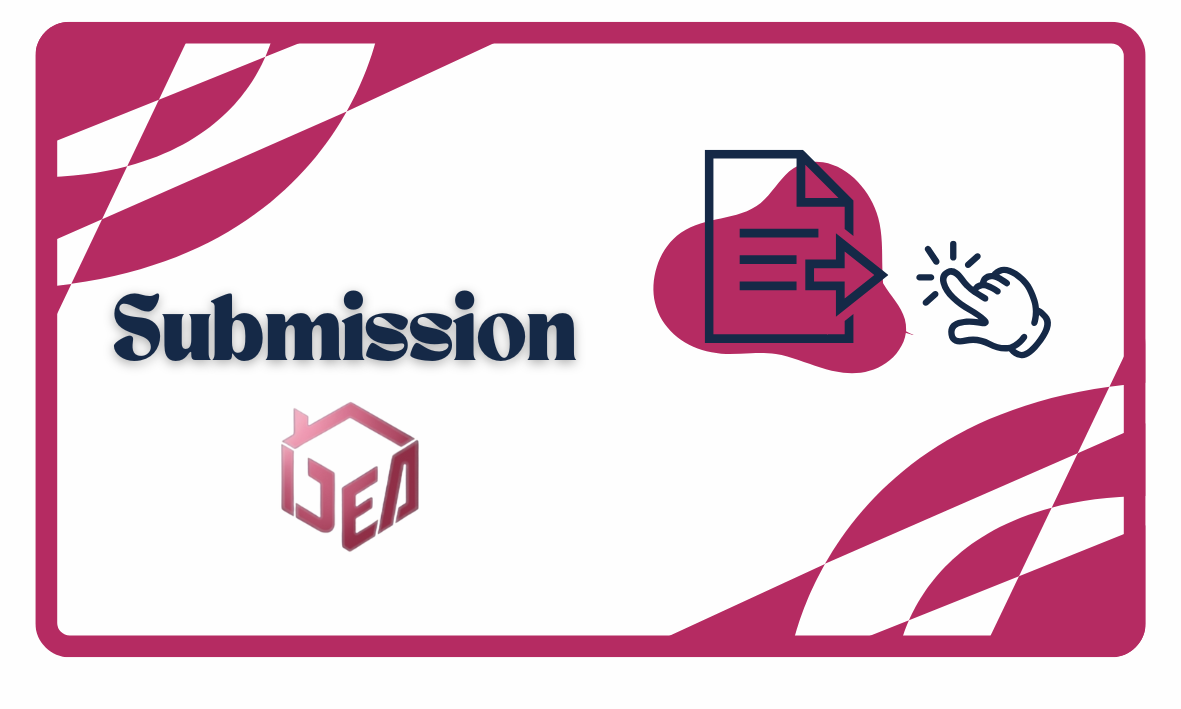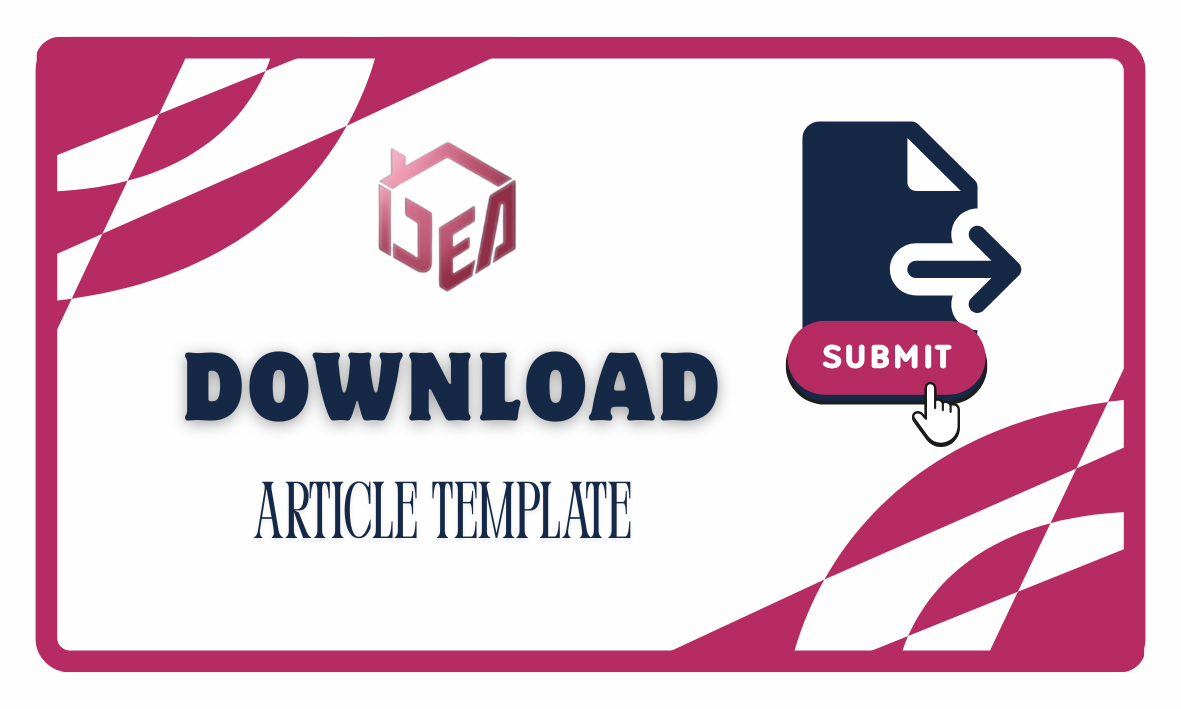Implementation of Zachman Framework to Support Business Activities and Performance
DOI:
https://doi.org/10.61220/ijea.v1i2.0238Keywords:
Zachman Framework, Business Activities, Business PerformanceAbstract
PT Suzuki Indomobil Motor (SIM) is a foreign investment company engaged in the business of Component Industry and Assembly of two-wheeled SUZUKI Brand motor vehicles (Motorcycles) and four wheels (Cars) which strives to provide solutions to the needs of transportation for the community by providing the principle of Total Solution, namely by providing the best service to consumers by combining synergies between technology and information systems. Building integrated systems within the company requires very careful and planned planning in order to pay attention to all stakeholders in the company. Planning the entire system including all aspects of the organization and business is what is known as Enterprise Architecture (EA). EA is used to analyze, integrate, and document the architecture in the enterprise. The increasingly effective and efficient utilization of IS and IT supports business activities, achieving One of the frameworks that addresses issues in the development of information systems in the company from various points of view is the Zachman Framework. Increasingly effective and efficient use of information systems (IS) and information technology (IT) that support business activities to achieve organizational goals and services for stakeholders. This goal is expected to be achieved optimally if there is synergy between the SI and IT strategies and the IT strategy.
References
Dereli, D. D. (2015). Innovation management in global competition and competitive advantage. Procedia- Social and behavioral sciences, 195, 1365-1370.
Fosso Wamba, S., & Mishra, D. (2017). Big data integration with business processes: a literature review. Business Process Management Journal, 23(3), 477-492.
Irfanto, R., & Andry, J. F. (2017). Perancangan enterprise architecture menggunakan Zachman framework (studi kasus: pt. vivamas Adipratama). Prosiding Semnastek.
Janssen, M., Van Der Voort, H., & Wahyudi, A. (2017). Factors influencing big data decision-making quality. Journal of business research, 70, 338-345.
Khumaidi, A., Suryana, A., & Ridhawati, E. (2016). Perencanaan Strategi Sistem Informasi Dan Teknologi Informasi Pada Stmik Pringsewu Dengan Menggunakan Metodologi Enterprise Architecture Planning (EAP). Semnasteknomedia Online, 4(1), 4-11.
Kotusev, S. (2018). TOGAF-based enterprise architecture practice: An exploratory case study. Communications of the association for information systems, 43(1), 20.
Rahimi, F., Møller, C., & Hvam, L. (2016). Business process management and IT management: The missing integration. International Journal of Information Management, 36(1), 142-154.
Rouhani, B. D., Mahrin, M. N. R., Nikpay, F., Ahmad, R. B., & Nikfard, P. (2015). A systematic literature review on Enterprise Architecture Implementation Methodologies. information and Software Technology, 62, 1-20.
Saggi, M. K., & Jain, S. (2018). A survey towards an integration of big data analytics to big insights for value-creation. Information Processing & Management, 54(5), 758-790.
Wu, S. P. J., Straub, D. W., & Liang, T. P. (2015). How information technology governance mechanisms and strategic alignment influence organizational performance. MIS quarterly, 39(2), 497-518.
Yunis, R., & Surendro, K. (2015). Model Enterprise Architecture Untuk Perguruan Tinggi Di Indonesia.
In Seminar Nasional Informatika (SEMNASIF) (Vol. 1, No. 5).
Davinci, L., Andry, J., 2020. Designing Enterprise Architecture Planning Using the Zachman Framework. Inform : Jurnal Ilmiah Bidang Teknologi Informasi dan Komunikasi. https://doi.org/10.25139/INFORM.V5I1.1989
Gunawan, A., Rahayu, A., Wibowo, L., 2021. Information System Strategy Planning Using Enterprise Architecture Planning in College Libraries 5, 608–614. https://doi.org/10.35335/MANTIK.VOL5.2021.1336.PP608-614
Hazen, B.T., Bradley, R.V., Bell, J.E., In, J., Byrd, T.A., 2017. Enterprise architecture: A competence-based approach to achieving agility and firm performance. International Journal of Production Economics 193, 566–577. https://doi.org/10.1016/j.ijpe.2017.08.022
Iyamu, T., 2018. Implementation of the enterprise architecture through the Zachman Framework. JSIT 20, 2–18. https://doi.org/10.1108/JSIT-06-2017-0047
Lapalme, J., Gerber, A., Merwe, A., Zachman, J., Vries, M., Hinkelmann, K., 2016. Exploring the future of enterprise architecture: A Zachman perspective. Comput. Ind. 79, 103–113. https://doi.org/10.1016/j.compind.2015.06.010
Lee, G.-G., Gough, T., 1993. An Integrated Framework for Information Systems Planning and Its Initial Application. Journal of Information Technology 8, 227–240. https://doi.org/10.1177/026839629300800404
Lin, F., Dyck, H., 2010. The Value of Implementing Enterprise Architecture in Organizations. Journal of International Technology and Information Management 19, 1.
Pereira, C.M., Sousa, P., 2004. A method to define an Enterprise Architecture using the Zachman Framework, in: Proceedings of the 2004 ACM Symposium on Applied Computing. Presented at the SAC04: The 2004 ACM Symposium on Applied Computing, ACM, Nicosia Cyprus, pp. 1366–1371. https://doi.org/10.1145/967900.968175
Supriadi, H., Amalia, E., 2019. University’s Enterprise Architecture Design Using Enterprise Architecture Planning (EAP) Based on the Zachman’s Framework Approach. International Journal of Higher Education. https://doi.org/10.5430/IJHE.V8N3P13
Downloads
Published
Issue
Section
License
Copyright (c) 2024 Nurul Fadilah Aswar, Ilma Wulansari Hasdiansa, Andika Isma, Faslul Rahman, Muh. Yusuf Kholiq M (Author)

This work is licensed under a Creative Commons Attribution-ShareAlike 4.0 International License.





















 Email : ijea@lontaradigitech.com
Email : ijea@lontaradigitech.com
